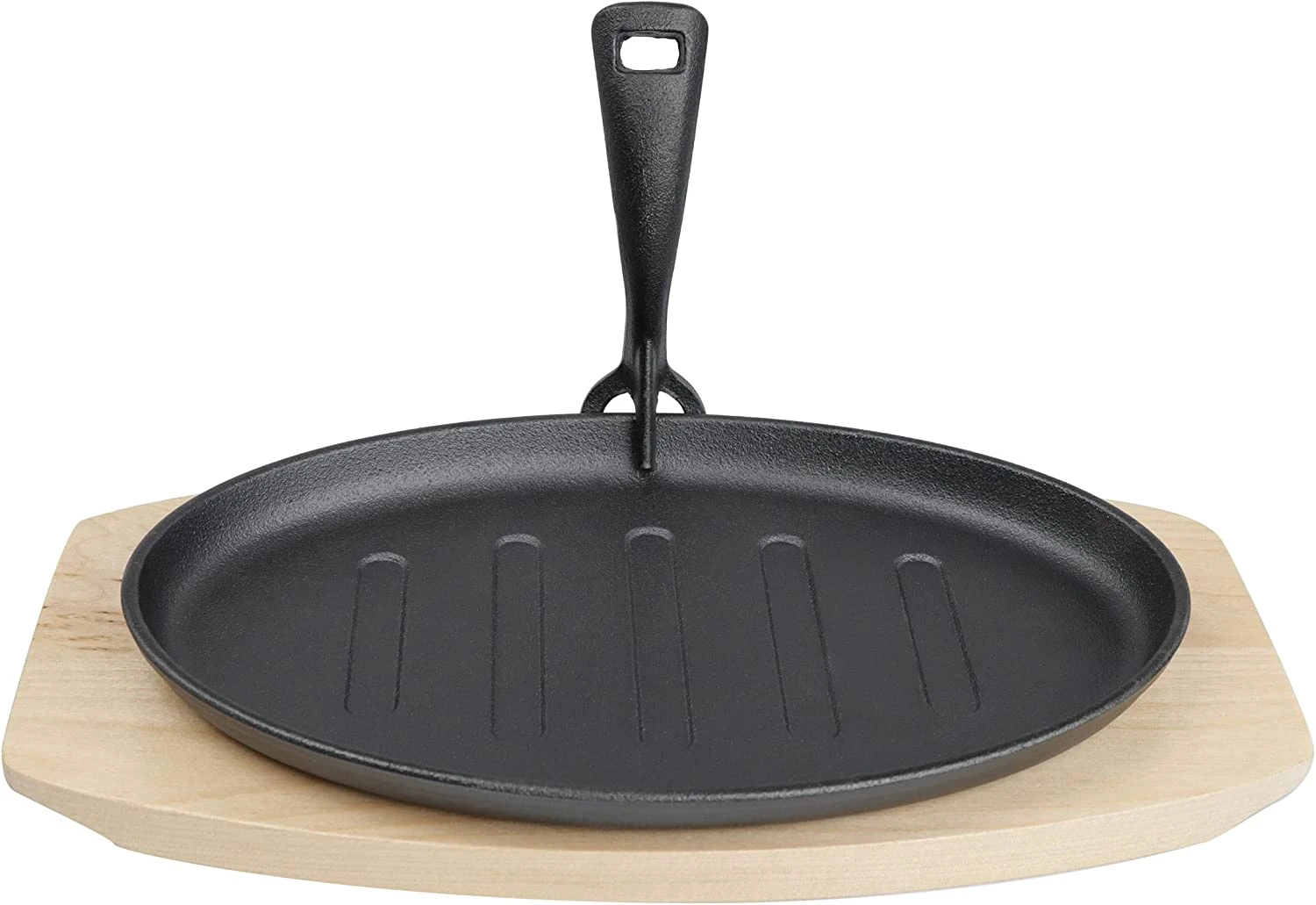
Can You Cook with Cast Iron Over a Campfire Safely and Effectively?
Can You Use Cast Iron on a Campfire?
When it comes to outdoor cooking, few materials rival the versatility and durability of cast iron. Campfires provide an ideal setting for cooking meals under the open sky, and many camping enthusiasts wonder whether they can utilize their trusty cast iron cookware over the flames. The answer is a resounding yes! Using cast iron over a campfire is not only possible but can also elevate your outdoor cooking experience to new heights. Here’s a comprehensive look at why cast iron is suitable for campfire cooking, how to properly use it, and some tips for getting the best results.
Benefits of Using Cast Iron
1. Heat Retention and Distribution Cast iron is renowned for its excellent heat retention and distribution properties. When placed over the flames, it heats evenly, reducing the risk of hot spots that can lead to uneven cooking. This feature is particularly beneficial for slow-cooked dishes and baking bread, as it allows for consistent temperatures.
2. Durability Cast iron cookware is designed to withstand high temperatures and heavy use. Unlike some other materials that may warp or melt, cast iron can take the heat without losing its integrity. This durability makes it well-suited for the rigors of campfire cooking.
3. Versatility Cast iron can be used for various cooking methods, including frying, baking, sautéing, and even roasting. With the right setup, you can cook anything from breakfast pancakes to a hearty stew in a single pan.
4. Natural Non-Stick Surface When properly seasoned, cast iron cookware develops a natural non-stick surface that improves with use. This characteristic can make cooking and cleaning easier, even in a rustic campsite.
How to Use Cast Iron on a Campfire
Using cast iron over a campfire requires some techniques to ensure safety and efficiency. Here are some steps to follow
1. Choose the Right Cookware Look for heavy-duty cast iron pans or Dutch ovens designed for high-heat cooking. Ensure they are well-seasoned to enhance their non-stick properties and prevent rust.
can you use cast iron on a campfire

2. Preheat Slowly Instead of placing your cast iron directly over high flames, preheat it slowly. You can do this by placing it at the edge of the fire first, allowing it to warm up gradually. This will help prevent cracking and warping.
3. Use a Trivet or Grate To avoid direct contact with the flames, consider using a trivet or a grill grate. This setup helps distribute heat more evenly and reduces the risk of burning your food.
4. Monitor the Heat Campfire temperatures can vary widely. Keep an eye on the flames and adjust the cookware position as needed. You may need to move it closer to or farther from the flames to maintain the desired cooking temperature.
5. Embrace Cooking Techniques For stovetop-style cooking, you can place your cast iron cookware over the flames. If you’re baking, consider covering it with coals for an oven-like effect. Use a lid on your Dutch oven to trap heat and moisture for dishes like casseroles and roasts.
Tips for Successful Campfire Cooking with Cast Iron
- Bring Accessories Don't forget to bring along mitts or towels for handling hot cookware, as cast iron can become exceedingly hot.
- Season Your Cookware If you haven’t already, make sure your cast iron is well-seasoned. This will not only enhance flavor but also make cleanup easier. After cooking, simply wipe it down with a cloth and avoid using soap.
- Practice Patience Cooking over a campfire can take longer than using a modern stove, so be patient. Good things take time, and well-cooked meals are worth the wait.
Conclusion
Cooking with cast iron on a campfire can be a rewarding experience, merging traditional techniques with the joys of nature. With its unparalleled heat retention, durability, and versatility, cast iron cookware is an excellent tool for any outdoor culinary adventure. So, whether you're embarking on a camping trip or hosting a backyard fire, embrace the opportunity to cook with cast iron and enjoy the rich flavors that emerge from the flames!
-
Authentic Traditional Chinese Wok for High-Performance CookingNewsAug.02,2025
-
Season Cast Iron Perfectly with GPT-4 Turbo TipsNewsAug.01,2025
-
High Quality Cast Iron Cookware - Baixiang County Zhongda MachineryNewsAug.01,2025
-
Premium Cast Iron Pan: Durable & Perfect HeatNewsAug.01,2025
-
High Quality Kitchen Durable Black Round Cast Iron Cookware Pancake Crepe Pan-Baixiang County Zhongda Machinery Manufacturing Co., Ltd.NewsAug.01,2025
-
Cast Iron Cookware - Baixiang County Zhongda Machinery | Nonstick, Heat ResistanceNewsAug.01,2025


